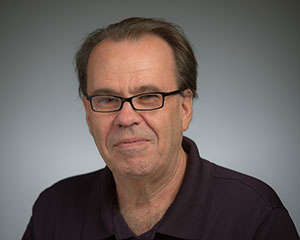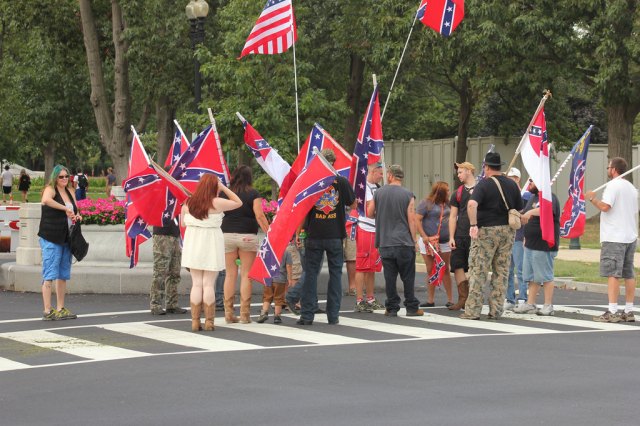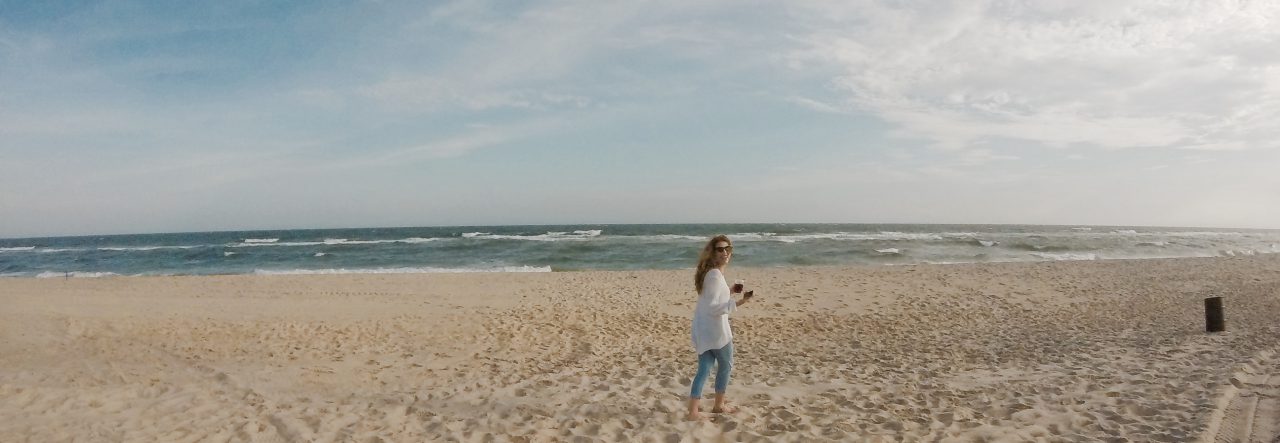
Hate groups and other extremists, ranging from the Ku Klux Klan, the neo-Nazi movement, antigovernment militias, and even black separatists, date back nearly a half-century ago but have a strong enough foothold that their actions and effects are still felt throughout the world today. Terrorism, in the broad sense of the term, is considered any unlawful use of violence or intimidation with political or religious aims in mind. Entering into the 21st century, the United States has continued to see much involvement amongst these groups.
The Southern Poverty Law Center, a U.S. non-profit organization that monitors over 1,600 domestic hate groups and other extremists, recently reported that the number of hate groups that organize themselves against certain religious, racial, or sexual ideologies actually rose to 892 groups between 2014 and 2015, which is 784 more than the center reported the year prior.
Rory McVeigh, professor and chair of the Department of Sociology at the University of Notre Dame, focuses much of his research on the Ku Klux Klan.

Does the Klan still have the same impact that it once did?
“I think it helps to put it into a historical perspective, there were times in the nation’s history when the Ku Klux Klan was quite large and quite violent and that’s varied over time. They were very violent in the aftermath of the Civil War, and quite violent duing the Civil Rights struggle in the 1960s. In the 1920s, they were much larger than any other point in their history, and while they were still engaged in violence, there was much more focus on their opposition to Catholics and immigrants than they were to African Americans. In the historical perspective, it’s not very large, it doesn’t have the popular acceptance that it once had, but it certainly does still have the appeal towards a subset of the population.”
How has the KKK impacted politics?
“A couple colleagues and I actually published an article in the American Sociological Review in 2014 where we actually did look at communities in the South where the Klan was active in the 60s, and compared them to communities in the South were the Klan was not active. We looked at the long term differences in voting outcomes, after controlling for other things that might also effect voting outcomes. One of the things we did find was that in these areas where the Klan was active, they moved more strongly to the Republican party than was the case for Southern counties that didn’t have Klan activism during that time. It’s important to keep in mind that there was a time where the Democrats in the South were really the forces in white supremecy.
In the South, white voters were mostly behind the Democratic party, and the Democratic party in the South was very much committed to racial inequality, but that started to change in the 1950s into the 60s. Increasingly the Democratic party became connected with the civil rights movement and white voters in the South moved to the Republican party. One of the interesting things we found was that the presence or absence of the Klan made a difference in terms of the the changes in the voting patterns. We looked at over a span of over five decades, the Klan activism in the 1960s had an impact on voting outcomes that is still with us. “
The Southern Poverty Law Center recently reported a rise in extremist groups. What reason could you give to explain this?
“I think you have to be a little bit careful in assuming that a rise in place, it’s hard to get good numbers on that type of thing. I know the Southern Poverty Law Center does a really good job on trying to track racial hate groups in the country, and they’ll report a rise or decrease, but I don’t know for sure. I’m not that confident that there has been a rise, and if there has, it hasn’t been too significant as far as I can tell.
You’ll see that throughout history and in the contemporary time periods, groups will try to take advantage of opportunities when things are happening in the news to get some publicity and some attention. Elections provide those types of opportunties, as we saw different Klan organizations come out to show support for Donald Trump and that created some media attention for a while. I think any social movement, on the right or the left, will look for opportunities to capture public attention when they can, but I can’t say with any confidence that there really has been a rise.
The Southern Poverty Law Center tries really hard to track these organizations but it’s really hard to get a clear sense of whether there has been a true increase or whether some of these groups have been more active in trying to get attention for themselves. It’s been really different than in previous moments in American history where there are a few people. There was a time, just in the state of Indiana in the 1920s, where rougly every one out of three white men were members of the Ku Klux Klan. Now, clearly, being associated with the KKK is not mainstream by any stretch of the imagination.
There are certainly still people out there who are still attracted to the message that these groups offer and there probably will be for quite some time.”

Found inside Pulse Magazine at https://indd.adobe.com/view/02555d34-14c0-414b-a7de-ac388a2a4947
